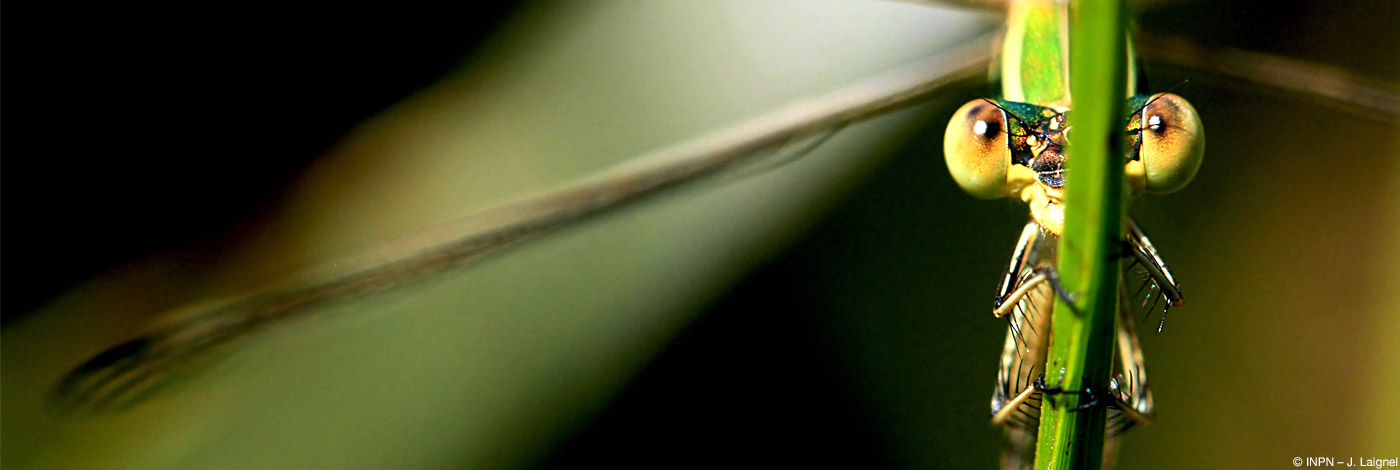

 Naturae
2022 (17) - Pages 297-307
Naturae
2022 (17) - Pages 297-307Identifying suitable species for revegetation is a challenge for practitioners and scientists, especially in mountainous regions where restoration projects are numerous and often yield mixed results. Until now, only species of exogenous origin, known as “commercial” species, have been used to revegetate ski resorts and other developed sites. In this study, we sought to develop a method that identifies wild species of local origin suitable for revegetation projects, taking into account ecological, technical and economic factors and provide lists of species serving as a basis for the collection and production of seeds in order to develop a local wild herbaceous plant industry in the French Alps. Two mixtures are proposed to meet the needs of Alpine mountain developers, one for medium mountains (900-1500m above sea level), the other for high altitude areas (1500-2800m above sea level). Each mixture is composed of “main” species, pioneers and structuring plant communities, essential for the success of sowing. The “complementary” species enrich the mixture according to the environmental conditions of the environment (pH, humidity, revegetation objectives, etc.). Some of these species are already harvested from the natural environment and put into production according to the technical standards of the “Végétal local” brand in order to guarantee the traceability of the seeds and their genetic diversity. These mixtures are an aid for practitioners, decision-makers and prescribers involved in ecological restoration in the Alpine mountains. The proposed approach presents a methodological added value, transferable to other territories in order to develop the production sectors in the French regions.